
Culture (See tradition) The Way of the Bow in Japan JAPAN ADVENTURE
Step 1 Acquire a piece of flexible bamboo about 10 feet in length. You can also use yew or hickory, but you may want to use bamboo for the sake of authenticity. Video of the Day Step 2 Use a rasp to file the width and thickness of the wood. The bow should be around ¾-inch wide and ½-inch thick all over. Step 3
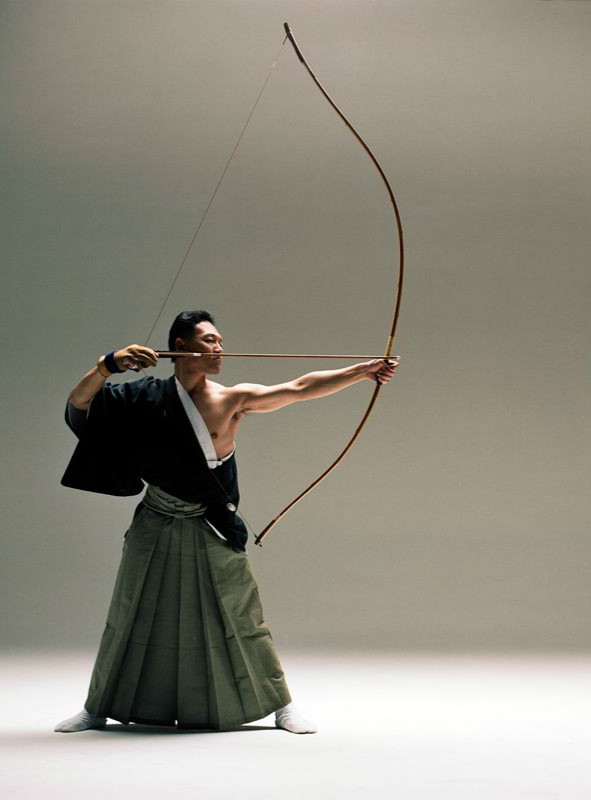
Japanese Bow And Arrow
The Yumi is easily the world's longest bow. Its length ranges from 212 cm - 245 cm (6 ft 11 in - 8 ft). Compared to the longbow this is pretty amazing, as the longbow is already longer than many archers are tall. It is not only the length that makes the Yumi special, though.
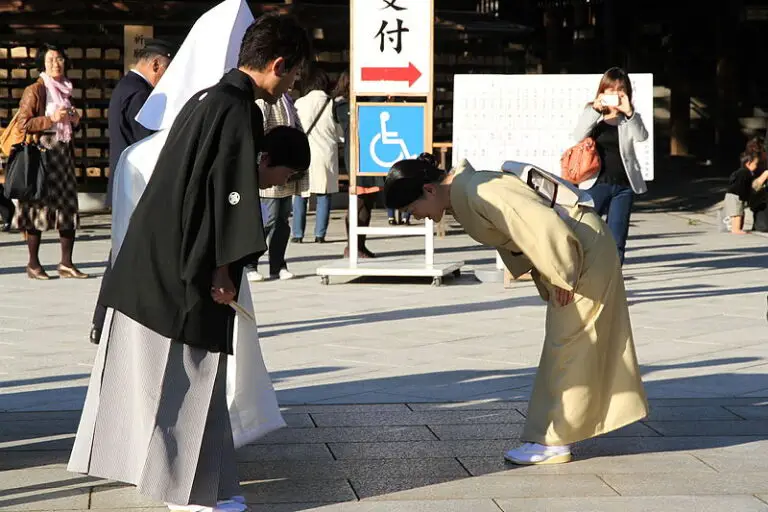
The Reason Why The Japanese Bow Japan Yugen
October 31, 2022 share Japan's vast array of culinary delicacies, exported cultural phenomena, and unique attitudes make the East Asian country one of the more fascinating corners of the globe for both tourists and expats.
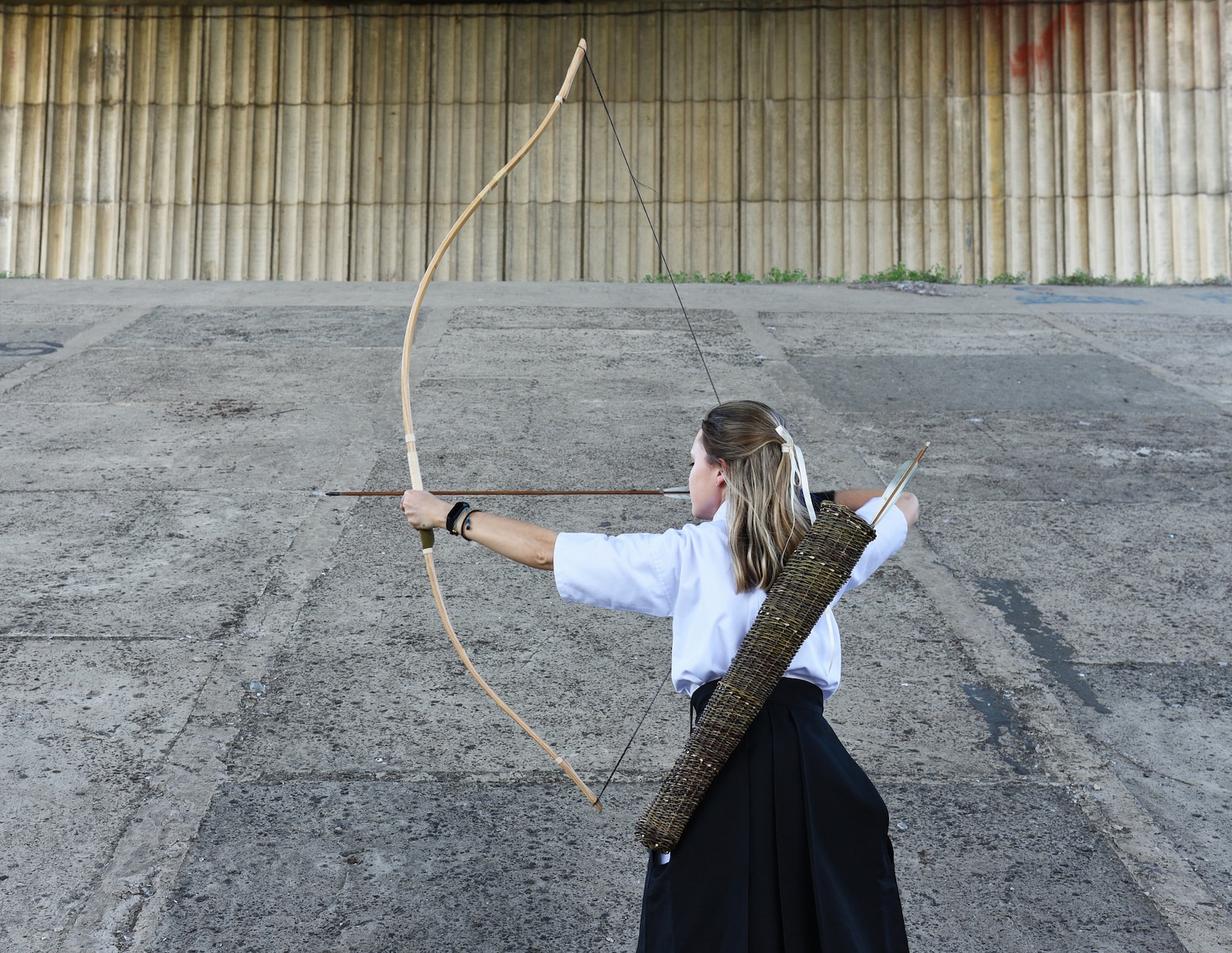
Asymmetrical Hankyu Bow Japanese Custom Made Traditional Bow Etsy
(25 Jan 2010) SHOTLIST AP TelevisionByodoji Temple, Kyoto, 14 December 14th 2009 1. Various of Nakagawa Shinji practicing Kyudo (Japanese Archery) 2. SOUNDB.

Japanese Bow And Arrow
This series of 9 videos gives you a taste of the process of making a Japanese bow, the yumi. In part 1 Jaap Koppedrayer is preparing bamboo for the making of.
Shooting with my selfmade Yumi(Japanese bow) and Mitsugake(Special glove) r/Archery
Yumi ( 弓) is the Japanese term for a bow. As used in English, yumi refers more specifically to traditional Japanese asymmetrical bows, and includes the longer daikyū ( 大弓) and the shorter hankyū ( 半弓) used in the practice of kyūdō and kyūjutsu, or Japanese archery .
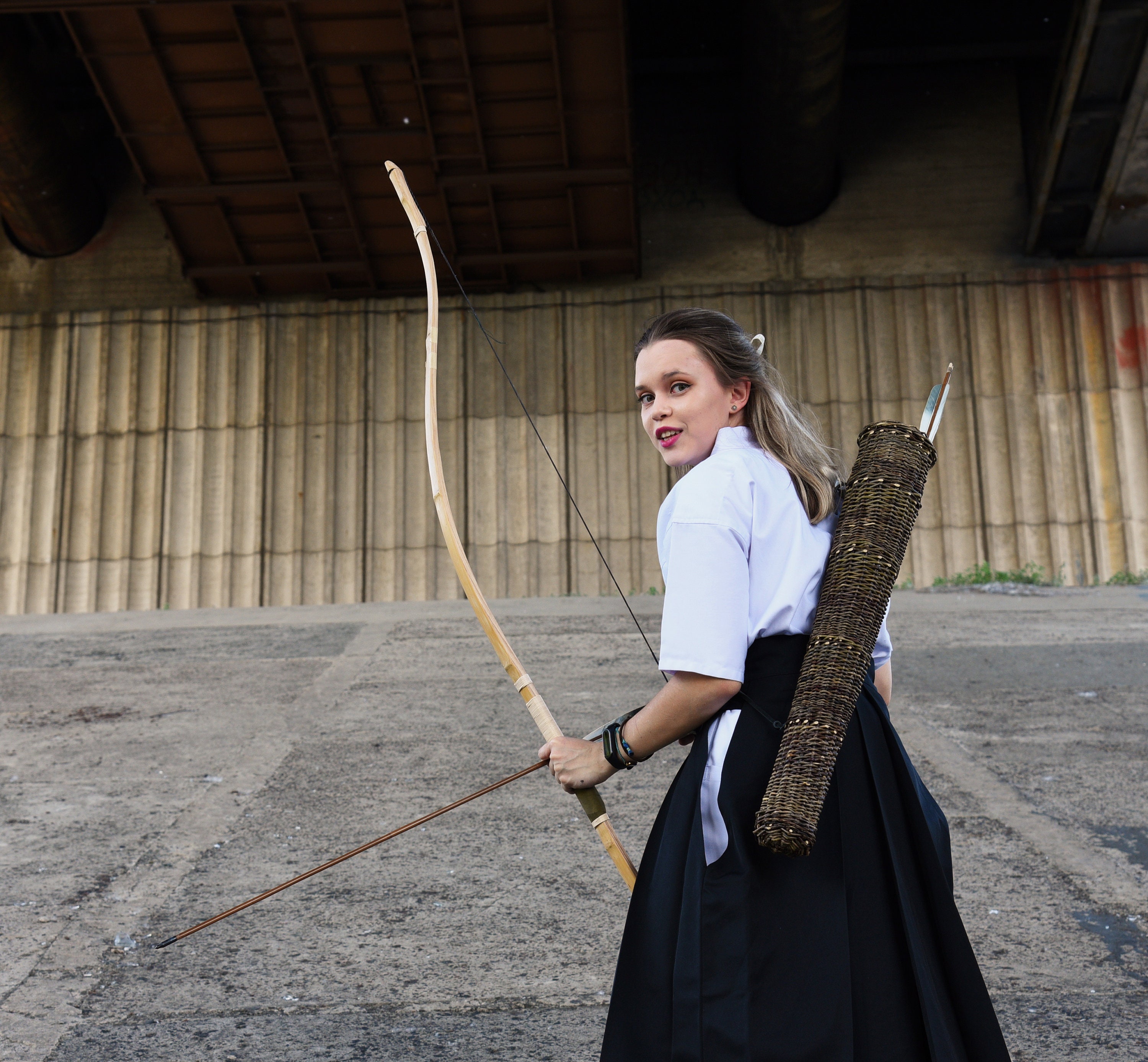
Japanese Bow Hankyu 59 Inch Yabusame Archery Bamboo Bow Etsy Canada
This bow is performed by slightly bending your torso at about 30 degrees and immediately lifting up. Make sure to keep your eyes looking down. Eshaku. This is a casual bow that's performed when meeting a friend or a stranger just to show respect. Eshaku is performed by doing a minimal bow that is at least 15 degrees.
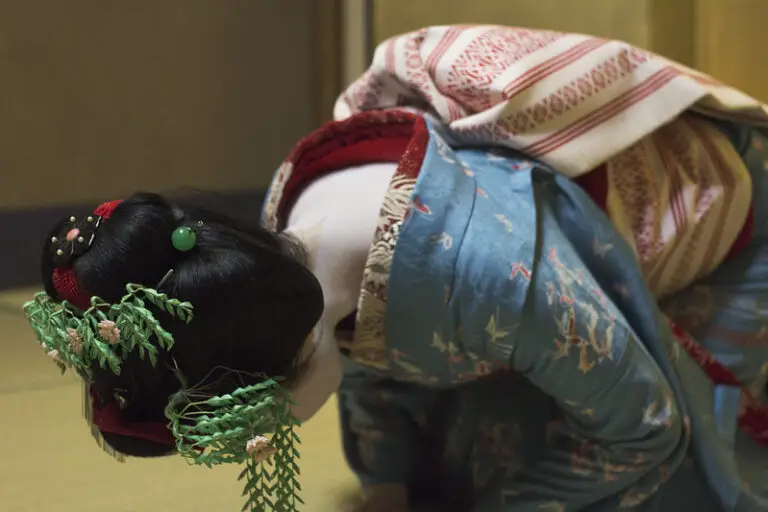
The Reason Why The Japanese Bow Japan Yugen
The exact origins of the Japanese longbow are unclear but documents from the ruling Shimazu clan in the region's early days stated that archery was popular as a martial art pursuit in the 17th century, and that the Shimazu clan generously sponsored weaponry.
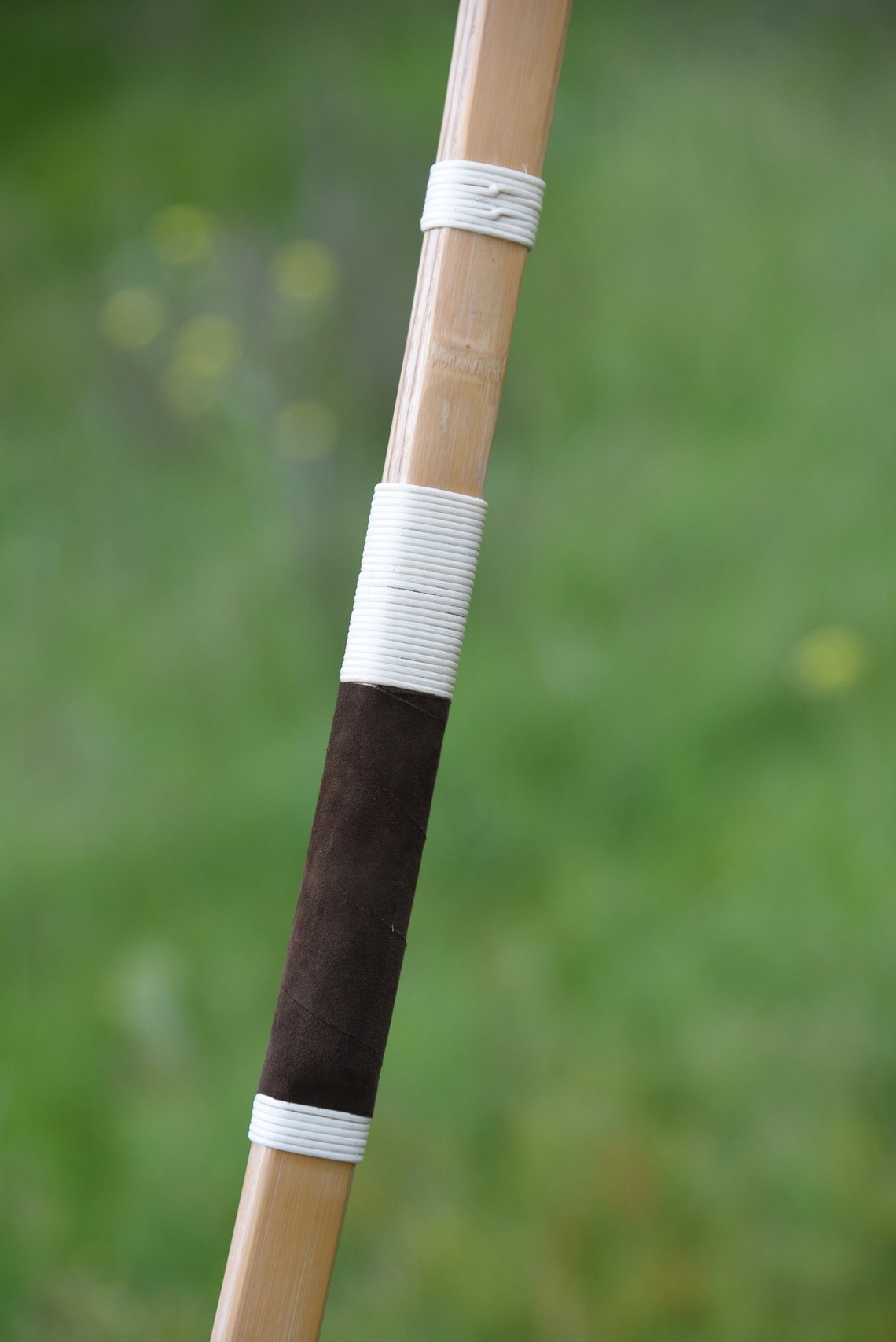
Asymmetrical Hankyu Bow Japanese Custom Made Traditional Bow Etsy
Etiquette The Reason Why The Japanese Bow What is one aspect of Japanese culture that most of us are aware of? Yes, it is the bowing etiquette. While many people know about the Japanese culture of bowing, most of us are unaware of the actual reasons behind that.
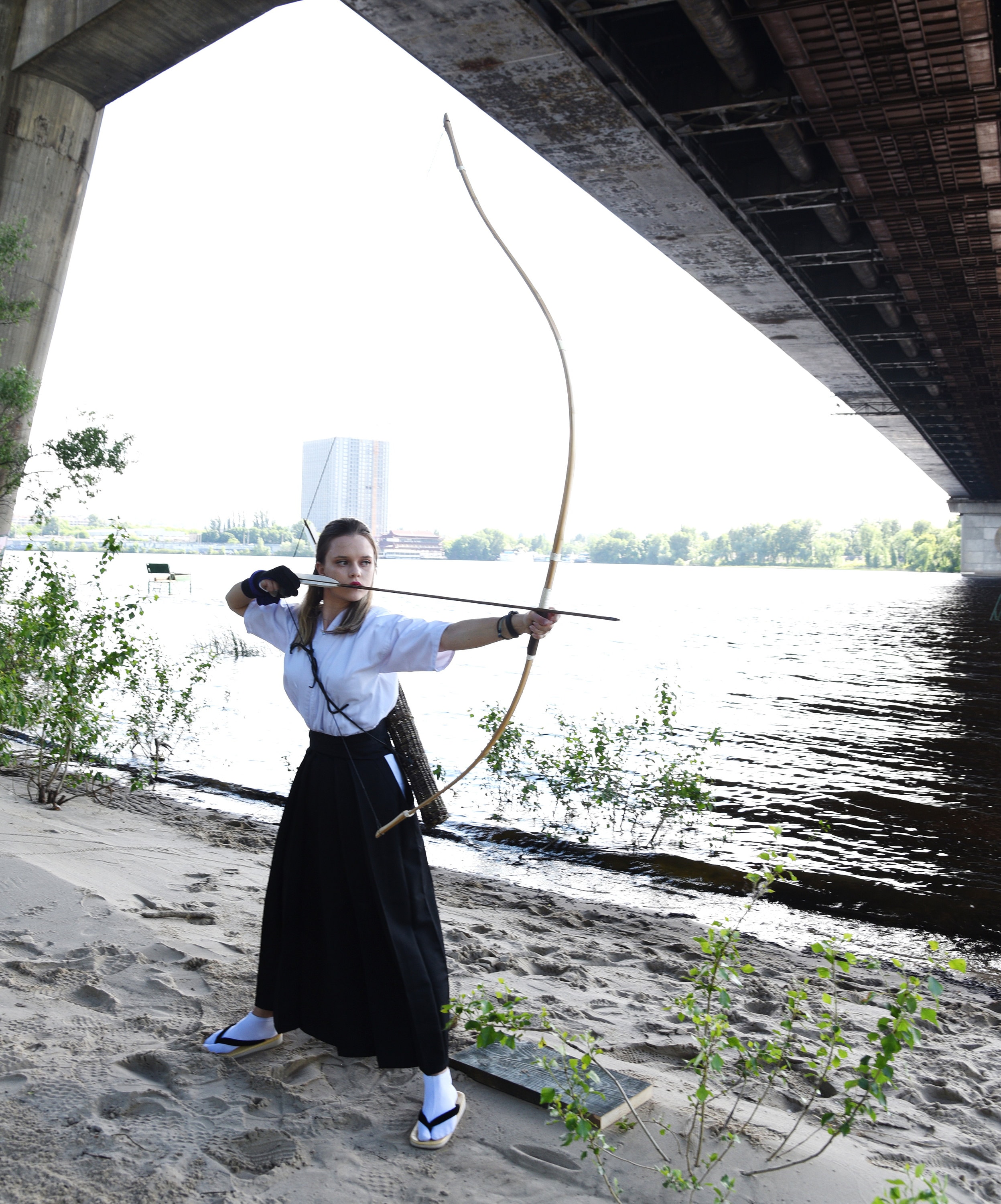
Yumi Bow for Kyudo Japanese Samurai Kyujutsu Long Bow Etsy Australia
Reading Time: 3 minutes The Japanese bow is an important feature of the culture, and there is a lot of meaning in its usage. Japanese culture places heavy emphasis on respect, and bowing is one of the primary ways that people in Japan show respect to other people. The Japanese word for "bow" is ojigi (お辞儀).

Asymmetrical Hankyu Bow Japanese Custom Made Traditional Bow Etsy Traditional bow, Wooden
The "Art of the Bowing" or Ojigi (お辞儀) in Japan is deeply rooted in Japanese culture and tradition. Bowing is a way to show respect while greeting others or apologizing to others. Unlike the Western handshake, bowing takes on many shapes, sizes, and forms. Bowing is done for greetings, farewells, and apologies and also while praying in shrines.
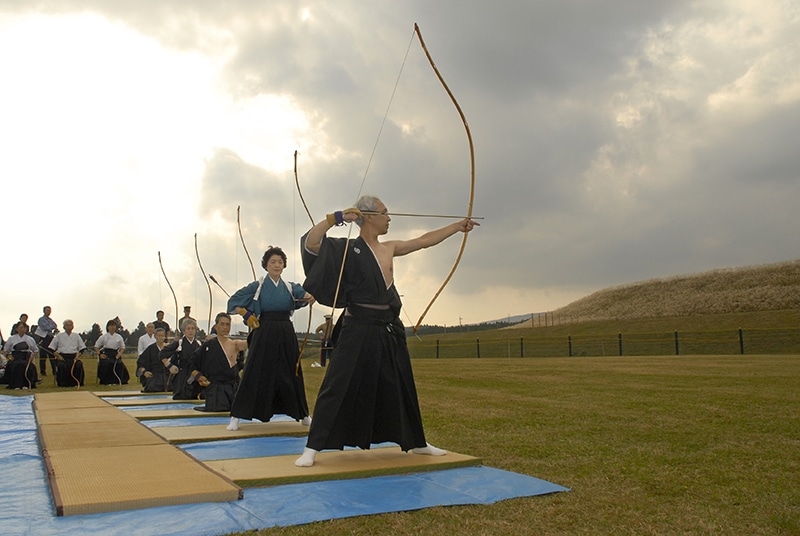
The Samurai Bow and its History A Beautifully Accurate Piece Katanas For Sale
The Japanese bow and forms of archery have been intriguing me for ages, and this year I finally got a Yumi of my own, crafted by Jaap Koppedrayer. Here's an.
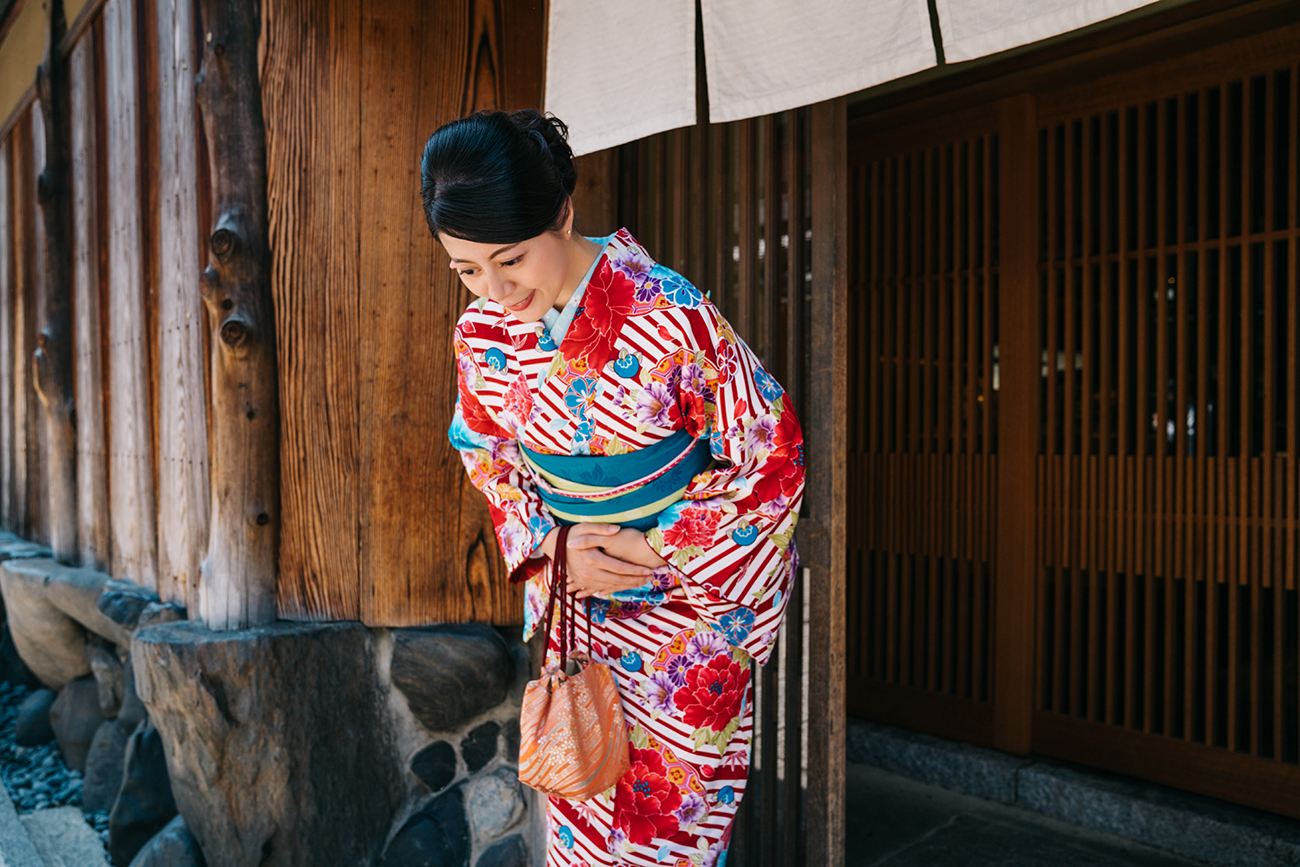
How to Bow in Japan KCP International Japanese Language School
What to do. Let us introduce a few examples of the Japanese bowing etiquette: 会釈 eshaku is a bow at a 15° angle, to greet people of the same hierarchical level;; 敬礼 keirei is a bow at a 30° angle, to show respect to higher hierarchical level interlocutors;; 最敬礼 saikeirei is a bow at a 45° angle, to greet a very important person, or to apologize for a fairly serious deed.
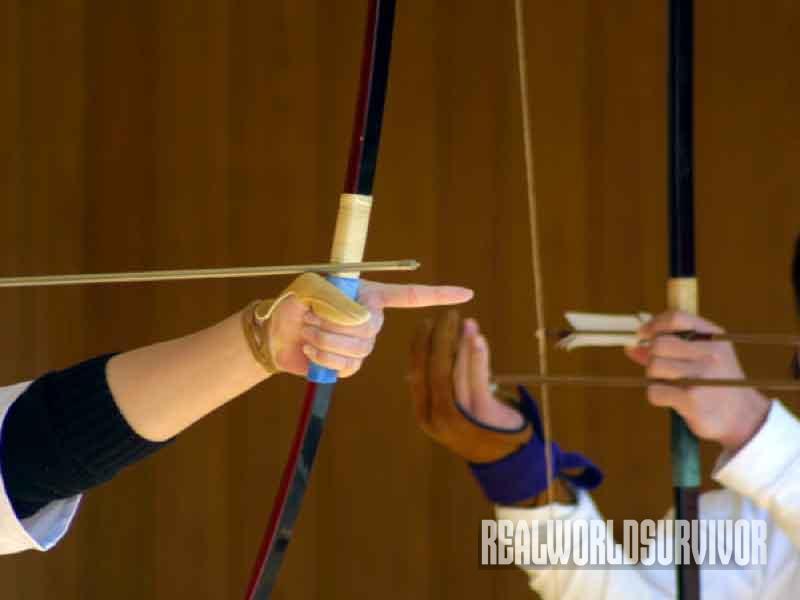
Traditional Japanese Bowmaking
Bowing in Japan (お辞儀, Ojigi) is the act of lowering one's head or the upper part of the torso, commonly used as a sign of salutation, reverence, apology or gratitude in social or religious situations. [1] Historically, ojigi was closely affiliated with the samurai.
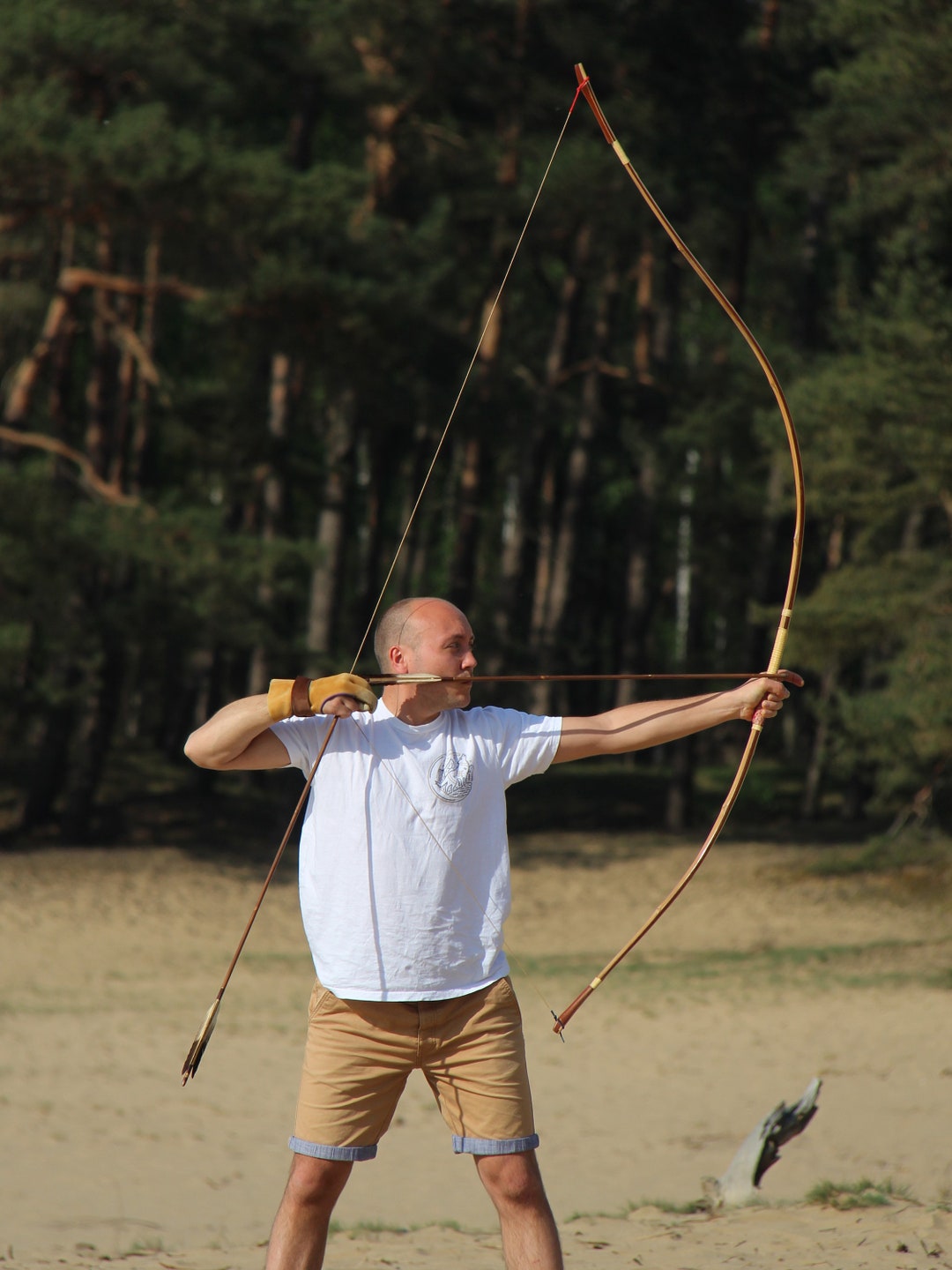
Japanese Bow Yumi Etsy Israel
Longbows, or Yumi, have been used in Japan for centuries. But today, a handmade bamboo bow can cost over $2,000. At over 2 meters tall, these bows are diffi.
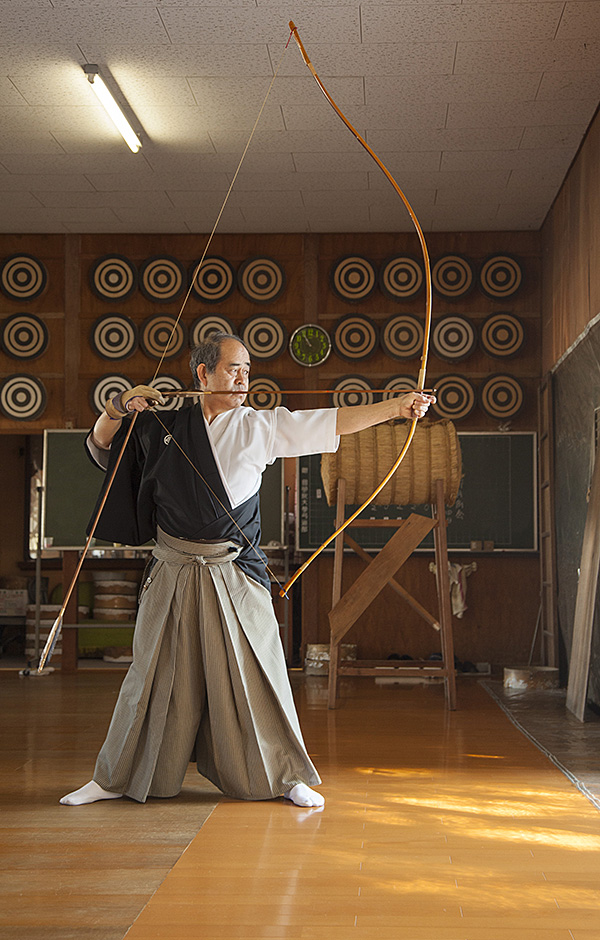
Kyudo The Ancient Art of Japanese Archery
In a business context with foreigners, most Japanese people will shake hands with them and bow slightly simultaneously. You will give an excellent impression to your business partner if you do the same. Say your greetings after you bow. This proper manner is called gosen-gorei in Japanese. However, many people bow while speaking!